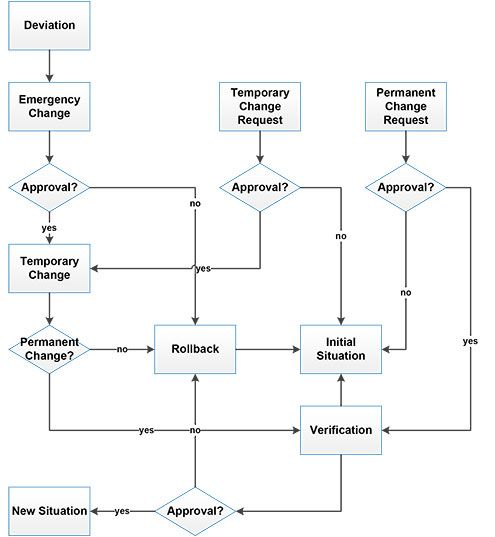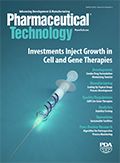Embracing Change Management
No matter why change may be needed, it is important to comply with all the relevant regulatory requirements, says Siegfried Schmitt, PhD, vice-president, technical, Parexel Consulting.
Q. I work in my company’s quality department. What are some best practices for handling process or product changes?
A. In December 2019, the Pharmaceutical Inspection Co-operation Scheme (PIC/S) published a recommendation, ‘How to Evaluate/Demonstrate the Effectiveness of a Pharmaceutical Quality System in relation to Risk-based Change Management’ (1) and a Concept Note on this Recommendation document (2). This action highlights two critical aspects, namely the importance of change management within the realm of quality and the necessity to apply a risk-based approach.
Nothing stands still; therefore, change is inevitable. Though the PIC/S document covers all relevant steps in the change management process-from change proposal, change assessment, change planning and implementation, through to change review and effectiveness checks-it does not detail categories of change. It merely states, ‘Change categorizations are appropriate and based on the level of risk’ (1).
In practice, the following are three typical categories of change:
- Planned changes: Someone wishes to make a change for whatever reason and applies to make this change. This change, if approved, will be implemented, its effectiveness verified, and it becomes permanent.
- Temporary changes: Sometimes, someone wishes to make changes for a defined period of time followed by a return to the previous state. This could be because there is the need for some building work, or because of staff shortages, or other reasons. Again, it is known that someone wants to make this change. If approved, it will be implemented for the desired period and then all goes back to as it was before. Some companies use the term ‘planned deviations,’ which is synonymous with ‘temporary changes.’
- Emergency changes: Rarely, an organization may have to implement emergency changes. Here, nobody knew that this change would be required, so there is no planning. Perhaps there is not even time for approval before the change is being implemented. Almost always, this type of change is triggered by an event that endangers environment, health, or safety. In short, an emergency change is triggered by a deviation. Perhaps a gas pipe develops a leak; the line must be immediately shut down and work perhaps continues with gas cylinders. As soon as possible, the change needs to be properly assessed and a decision must be made; this will either become a temporary change or a permanent change. To emphasise, the only difference here is that you cannot plan for it.
Looking at these scenarios, one finds that the starting point can differ (either a change request or a deviation). The end point may also differ; one may end up in a new state (permanent change) or back where it all started from (temporary change). The pathways for these change categories are shown in the flow chart (Figure 1). This flow chart needs to be amended as necessary, to reflect the specific processes and procedures within each company. Just make sure, you comply with all the relevant requirements in the regulations, as summarized in the PIC/S document.
Figure 1: Change management flow chart. (Figure courtesy of the author)

References
1. PIC/S, “Recommendation, How to Evaluate/Demonstrate the Effectiveness of a Pharmaceutical Quality System in relation to Risk-based Change Management,” Nov. 28, 2019.
2. PIC/S, “Concept Note on a Document prepared by the PIC/S QRM Expert Circle on ‘How to Evaluate/Demonstrate the Effectiveness of a Pharmaceutical Quality System in relation to Risk-based Change Management’,” Oct. 7, 2019.
Article Details
Pharmaceutical Technology
Vol. 44, No. 3
March 2020
Pages: 62
Citation
When referring to this article, please cite it as S. Schmitt, "Embracing Change Management," Pharmaceutical Technology 44 (3) 2020.

Pharmaceutical Tariffs Are Imminent: How Industry is Bracing for Impact
April 16th 2025On April 14, 2025, the Trump Administration launched a national security-driven investigation into pharmaceuticals, a move that will likely result in tariffs being placed on pharmaceutical drugs, ingredients, and other components that are imported from outside of the United States.